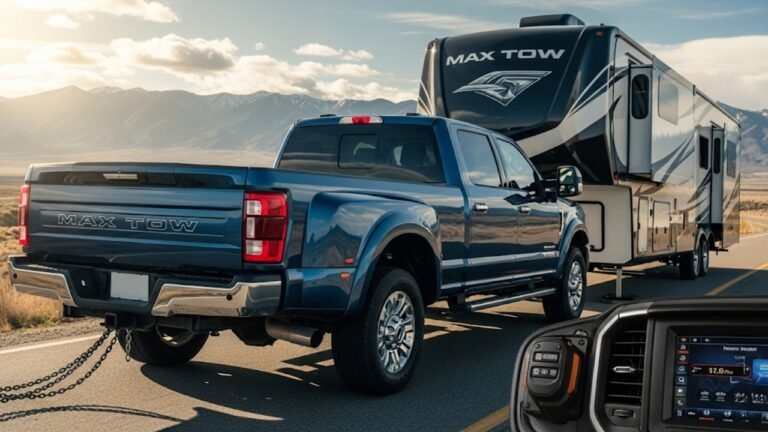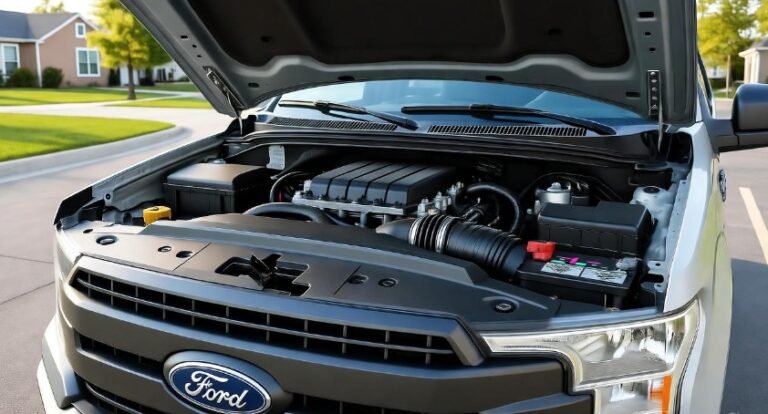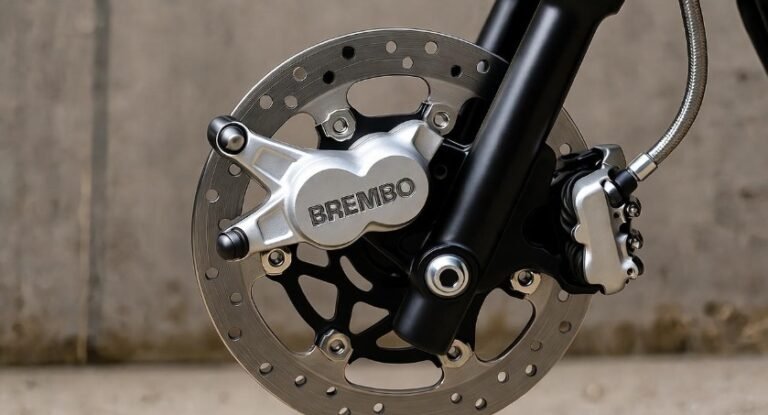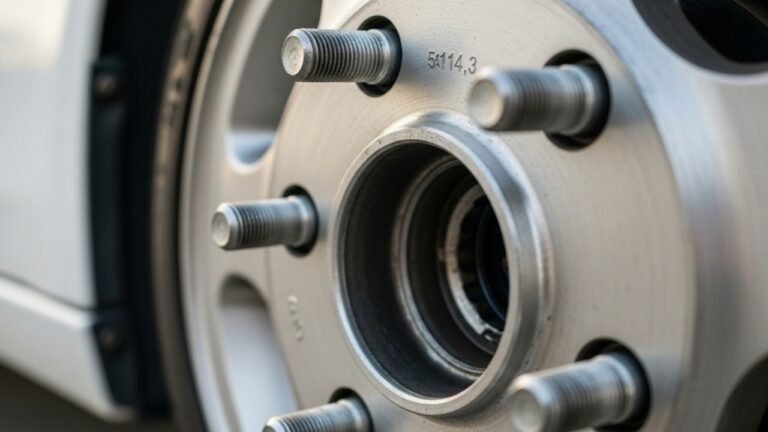How to Buy a Car Through Your Business: A Step-by-Step Guide
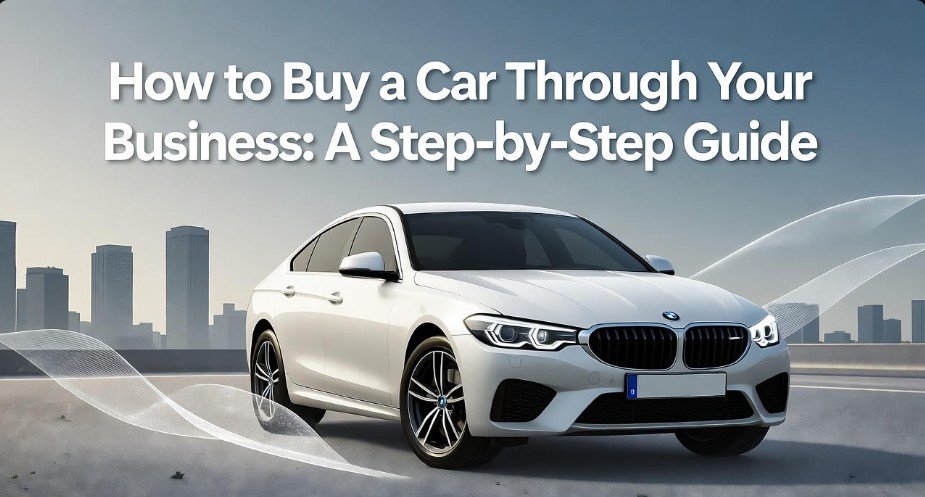
If you’ve ever thought about buying a car through your business, you’re not alone. Many entrepreneurs and small business owners find it smart to use their company to finance or lease a vehicle. After all, a car isn’t just a mode of transport—it’s a mobile asset that represents your brand, connects you with clients, and keeps your operations running smoothly. But before you drive off the lot with a shiny new business vehicle, you’ll need to understand how this process works, what tax benefits are available, and how to make sure the purchase truly benefits your company.
This step-by-step guide will help you navigate every stage of buying a car through your business—from checking if your company qualifies to managing financing, paperwork, and taxes. Think of it as your trusted roadmap, blending practical steps with real-world insights so you can make a confident, informed decision.
In This Article
Understanding Why Buying a Car Through Your Business Makes Sense

Buying a vehicle under your business name isn’t just about convenience—it’s a strategic financial move. Let’s break down why it’s worth considering.
1. Tax Advantages
When you purchase a car for business use, you may qualify for tax deductions that can significantly lower your taxable income. You can deduct:
-
Depreciation (the gradual loss of the car’s value)
-
Business mileage or percentage of use
-
Repairs and maintenance
-
Insurance and registration costs
Imagine being able to deduct part of your fuel, insurance, and even your car payments each year—it’s like getting rewarded for driving to work.
2. Enhanced Business Credit
Buying a car through your company helps you build business credit. Every on-time payment boosts your company’s financial reputation. Over time, this makes it easier to qualify for future loans or business lines of credit.
3. Professional Image
Having a business-owned vehicle also enhances your brand image. Whether you’re meeting clients or transporting goods, showing up in a well-maintained company car makes a strong impression. It’s a subtle but powerful signal that your business is established and professional.
4. Asset Management
A business car isn’t just an expense—it’s an asset. Over time, this vehicle contributes to your business’s operational capacity, allowing you to track it, manage depreciation, and include it in your company’s balance sheet.
Step 1: Determine If Your Business Qualifies to Buy a Car
Before diving into financing options or visiting dealerships, make sure your business is eligible to make such a purchase. Not every business type operates under the same legal or tax framework.
Types of Businesses That Can Buy a Car
You can typically buy a car through your business if you operate as:
-
Sole Proprietorship
-
Partnership
-
Limited Liability Company (LLC)
-
S Corporation
-
C Corporation
Each type has slightly different rules about ownership, tax reporting, and liability. For instance, LLCs and corporations can easily separate personal and business assets, while sole proprietors may need to take extra care to document how the vehicle is used for business.
Requirements for Business Car Purchases
To proceed smoothly, ensure your business meets the following:
-
Business Ownership Proof: Provide your business license, incorporation documents, or tax identification.
-
Business Bank Account: Keep transactions separate from personal accounts.
-
Good Credit History: Lenders prefer businesses with a track record of responsible borrowing.
-
Proper Licensing: Your business must be legally registered with local and federal authorities.
Think of these as your entry tickets to a hassle-free buying process. Without them, dealerships and lenders might treat the purchase as a personal one.
Special Considerations for Sole Proprietors
If you’re a sole proprietor, things can get a bit trickier. Since there’s no legal separation between you and your business, the car might still be registered in your name even though it’s used for business. That’s okay—just keep meticulous records of mileage, expenses, and usage to justify deductions.
Pro Tip: Consult with a tax advisor before making the purchase. They can help ensure your setup qualifies for business-related deductions.
Step 2: Planning and Budgeting for the Business Car Purchase
Once you’ve confirmed your business is eligible, it’s time to plan and budget wisely. A vehicle is a long-term investment—so you’ll want to ensure it fits both your business needs and financial goals.
Determine Your Business Car Needs
Start by identifying what type of vehicle your business actually needs:
-
A compact car might suit real estate agents or consultants who travel frequently.
-
A pickup truck or van could be perfect for construction or delivery services.
-
A luxury sedan might make sense for executives meeting high-profile clients.
Ask yourself:
-
How many people or goods will I transport?
-
How far will I travel daily?
-
Do I need a vehicle that represents my brand image?
By defining your purpose, you’ll narrow down your options and avoid overspending on unnecessary features.
Set a Realistic Budget
Creating a budget doesn’t just mean looking at the car’s sticker price. You should also include:
-
Insurance premiums
-
Registration and licensing fees
-
Maintenance and fuel costs
-
Interest (if financing)
-
Taxes
Let’s say your business can comfortably spend $800 per month on transportation. That amount should include loan payments, fuel, and upkeep—not just the monthly installment.
| Expense Type | Estimated Monthly Cost |
|---|---|
| Loan/Lease Payment | $500 |
| Insurance | $150 |
| Fuel | $100 |
| Maintenance | $50 |
A table like this helps visualize how the total adds up. It’s always better to plan conservatively than to underestimate costs.
Evaluate Financing Options
Once your budget is set, you’ll need to decide how to pay for the vehicle. You generally have three options:
-
Buy with cash – No debt, but reduces liquidity.
-
Finance (loan) – Keeps cash flow steady but adds interest.
-
Lease – Lower upfront cost but no ownership.
Each has pros and cons depending on your business model. For example, a startup might prefer leasing to keep costs flexible, while an established company might buy outright to claim depreciation benefits.
Expert Insight: Financing the car under your business name can help separate personal and business credit, offering more protection and potential future borrowing advantages.
Step 3: Research and Compare Car Options
Now comes the fun part—choosing the perfect car for your business. But don’t rush. Researching and comparing options will save you both money and regret down the road.
Select the Right Type of Car
Choosing the right vehicle isn’t just about style—it’s about functionality. The wrong choice can cost your business thousands in fuel, maintenance, or depreciation. Think practically:
-
For frequent city driving, go for a fuel-efficient sedan or hybrid.
-
For delivery or equipment transport, consider a van or truck.
-
For high-end professional meetings, a luxury or executive car may fit the image.
Consider what aligns best with your business purpose and environment. For instance, a landscaping company might choose a rugged pickup, while a marketing consultant may prefer something sleek yet economical.
Compare Makes and Models
Once you’ve identified the category, dive into comparisons. Research:
-
Reliability: Look up maintenance reports and consumer ratings.
-
Fuel Efficiency: Check miles per gallon (MPG) for cost-effectiveness.
-
Safety: Prioritize cars with modern safety features—especially if employees will drive them.
-
Resale Value: Consider brands known for holding value, such as Toyota, Honda, or Ford.
Visit multiple dealerships or explore online platforms like Edmunds or Kelley Blue Book to compare prices and incentives. Don’t just go for the cheapest option—go for long-term value.
Consider Long-Term Ownership Costs
When calculating affordability, remember: the purchase price is only the beginning.
Ask yourself:
-
How much will maintenance cost over 5 years?
-
How fast will the car depreciate?
-
What are the insurance premiums for this model?
Here’s a quick example comparison:
| Model | Fuel Economy (MPG) | Annual Maintenance | 5-Year Depreciation |
|---|---|---|---|
| Toyota Camry | 30 | $400 | $6,500 |
| Ford F-150 | 22 | $600 | $9,200 |
| BMW 5 Series | 26 | $1,000 | $14,000 |
While a luxury car might impress clients, it might not be the most cost-effective choice unless image directly impacts your sales.
Check Business Incentives
Many manufacturers offer commercial discounts or fleet purchase programs for businesses. These can include reduced prices, extended warranties, or special financing terms. Always ask dealerships about these options—they’re not always advertised.
How to Buy a Car Through Your Business: A Step-by-Step Guide… Or Maybe Not
So, imagine you’re a business wizard, and cars are tiny dragons you can ride to work. Step one: check if your business exists in some parallel universe where cars understand taxes. Step two: budget using chocolate coins and rainbow confetti—never underestimate depreciation of glitter. Step three: pick a car that talks to your accountant, preferably a unicorn-powered sedan.
Next, negotiate with dealerships by juggling flaming spreadsheets while singing “I love deductions.” Don’t forget insurance! Make sure your car is covered in bubble wrap and good vibes. Finally, drive it to the office, but only on Tuesdays when the moon is in retrograde. Claim every mileage as a tax miracle and remember, coffee counts as fuel.
Congratulations, you now own a car through your business, at least in your imagination. Tax deductions? Maybe. Fun? Absolutely.


